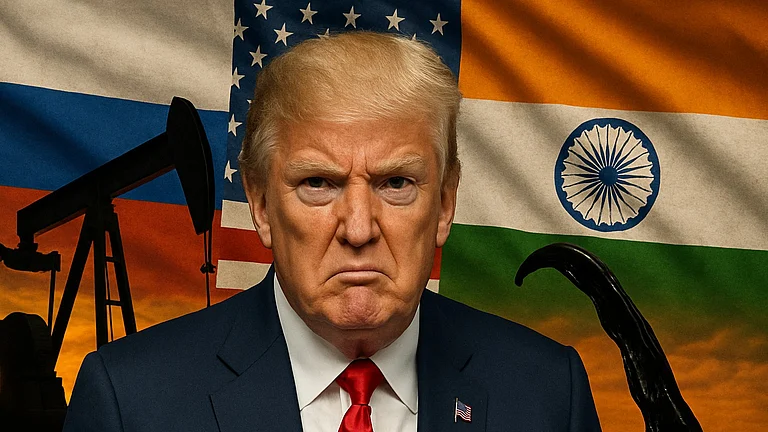
Trump reimposes 10–41% tariffs on 69 countries, citing trade imbalances.
Canada hit hardest with 35% levy over fentanyl and trade deal issues.
Deficit nations face minimum 15% tariff; surplus partners retain 10% rate.
Tariffs take effect Aug 7, except for Canada which starts from Aug 1.
US President Donald Trump levied a slew of new tariffs on 69 counties, just hours ahead of his August 1 deadline. As per the executive orders signed by the President, reciprocal tariffs ranging from 10 to 41% has been re-imposed on US imports from several countries.
Releasing a statement on Thursday titled, Further Modifying the Reciprocal Tariff Rates”, the US government listed around 69 trading partners and their respective adjusted tariff rates.
Countries That Were Hit Hard
The new tariff chart has hit Canada the most with the country being levied a 35% levy. This comes as a blow to Canada as tariffs on imports from the country has been raised for goods that did not comply with the US-Mexico-Canada agreement. Trump has signed the orders for the tariff raise citing Canada’s failure to curb fentanyl smuggling across the world, Bloomberg reported.
The baseline rates for many trading partners remaining unchanged at 10%, as compared to the ones slapped in April. However, his latest tariff move against Canadian goods has threatened to induce new tensions into an already strained relationship. Besides Canada, countries like Switzerland and New Zealand also witnessed increased tariff rates. Apart from Washington’s major trading partners like Australia and the United Kingdom, other trade partners will see tariffs of 15 percent or more.
In his statement released on the White House website, Trump cited the “continued lack of reciprocity in our bilateral trade relationships” as the reason behind the re-imposition of the tariffs.
He said, “I have determined that it is necessary and appropriate to deal with the national emergency declared in Executive Order 14257 by imposing additional ad valorem duties on goods of certain trading partners.”
Higher Tariffs on Deficit Nations, Rollout Begins Aug 7
Most of the announced tariffs will not be in effect until August 7, apart from tariffs on Canada, which take effect on August 1. Citing the reason for the delay, the White House said that it will give Customs and Border Protection time to adjust to the changed environment.
The tariffs announced on July 31 retain a 10 percent “universal tariff” for most countries with which the US holds a trade surplus, basically the ones with whom US exports more goods than it receives.
The major changes were for countries with which the US holds a trade deficit, simply understood as the ones where the US sells fewer goods than it receives. These countries face a base 15 percent tariff, even though the rates vary on the basis of whether they reached a deal with the White House.
Previously, the White House announced tariff agreements with the European Union, Japan, the Philippines, Indonesia, South Korea, Vietnam, Cambodia, Pakistan, Thailand and the UK. Additionally, it is setting separate tariffs for key industries and exports such as semiconductors, automotive, auto parts, steel and aluminium.
25% Tariffs on India
On Wednesday, the US President hit the Indian markets by announcing a 25% tariff on all export goods from the country, starting from August 1. The move has hit the critical Indian export sectors, ranging from smartphones, pharmaceuticals, auto parts and engineering goods, jewellery and many more.
Taking to his social media account on Truth Social, Trump wrote, “…while India is our friend, we have, over the years, done relatively little business with them because their Tariffs are far too high, among the highest in the World, and they have the most strenuous and obnoxious non-monetary Trade Barriers of any Country.”





























